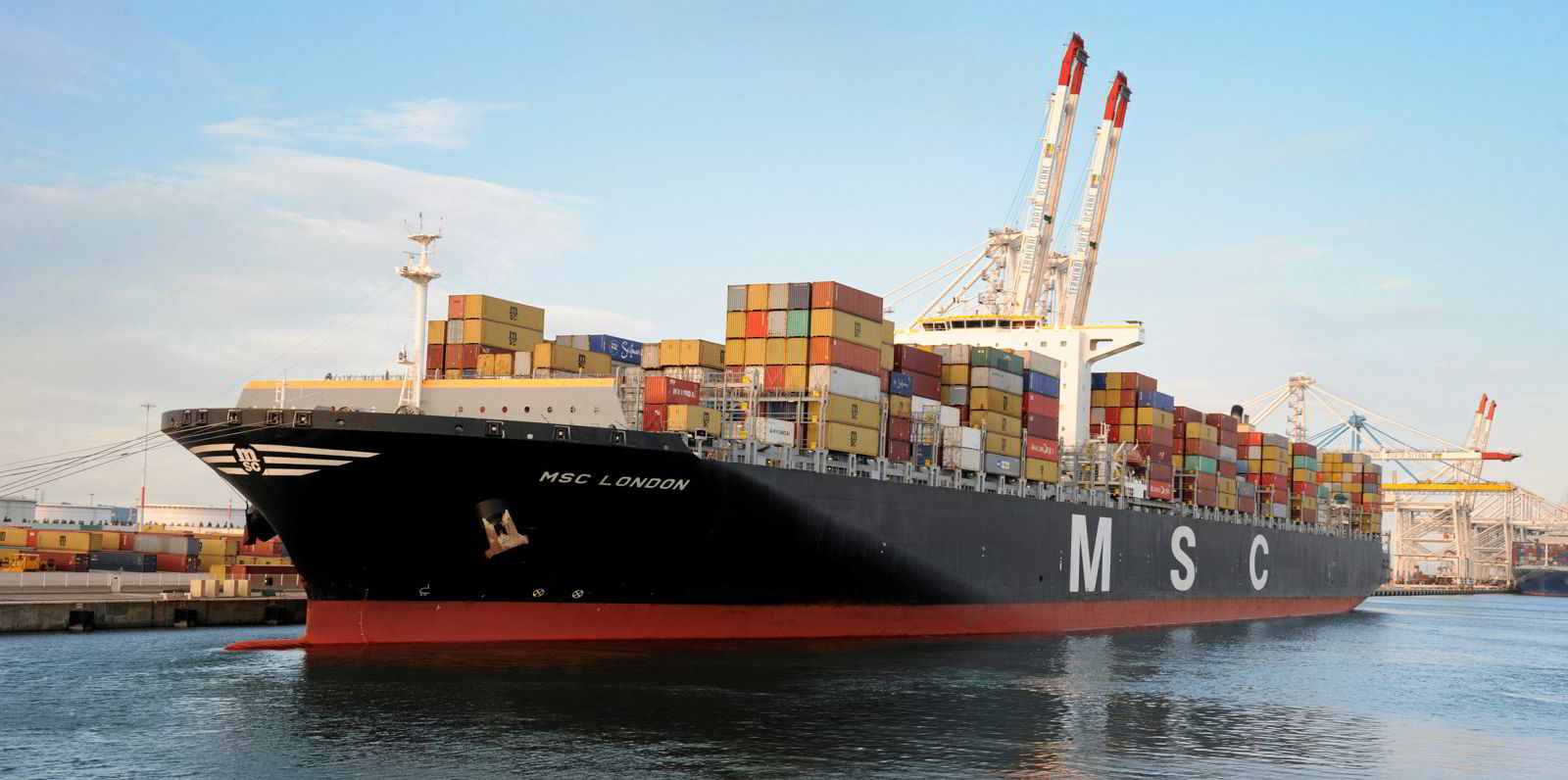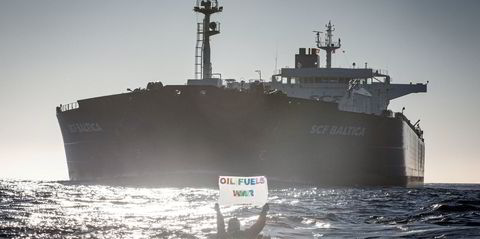Weakening sectors such as liner shipping are set for a return to pre-pandemic rate levels next year, but there could be a recovery in 2024, according to S&P Global Market Intelligence.
The consultancy’s lead shipping analyst, Daejin Lee, said limited ship supply growth driven by new International Maritime Organization efficiency regulations is likely to boost freight markets in the medium to long term.
“Freight rates may return to the pre-pandemic level in 2023 with absence of congestion and weaker economic condition,” he added.
“However, limited active supply growth driven by regulations, which will lead to vessel demolitions and speed reduction, may help the market to recover in 2024 onwards.”
Lee calculates that 95% of vessels in service are still using conventional fossil fuels, but with IMO carbon intensity rules coming into force next year, “many vessels” will end up scrapped earlier than is normally the case.
Newbuilding contracts last year reached the highest level since 2015, mainly through container ship ordering, but this was still below the numbers seen in the shipbuilding boom during the 2000s.
And orders this year have been limited, Lee said, due to high prices and limited yard capacity.
“The container sector is expected to face pressure from supply side due to heavy investment in newbuildings, while fresh new contracts are limited in other sectors, including the dry bulker and tanker,” he said.
The analyst said the IMO Carbon Intensity Indicator (CII) will start to reduce sailing speeds from 2024, and the impact may become significant on scrapping activities from 2025.
“The CII rating issue would incentivise higher demurrage to reduce idling time and prevent further upside risk in congestion in coming years,” he added.





